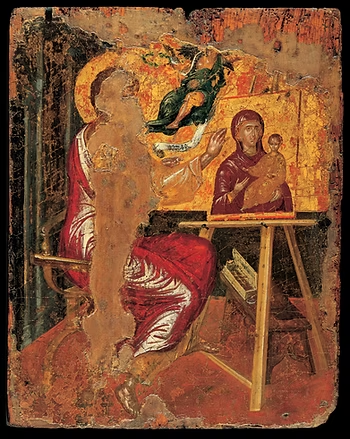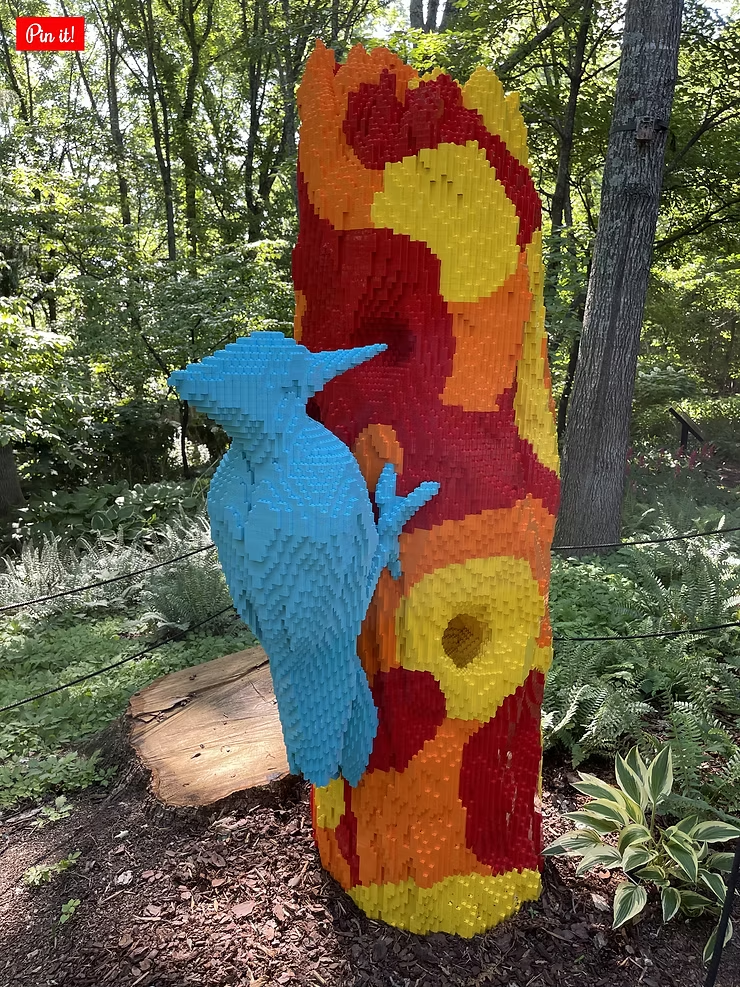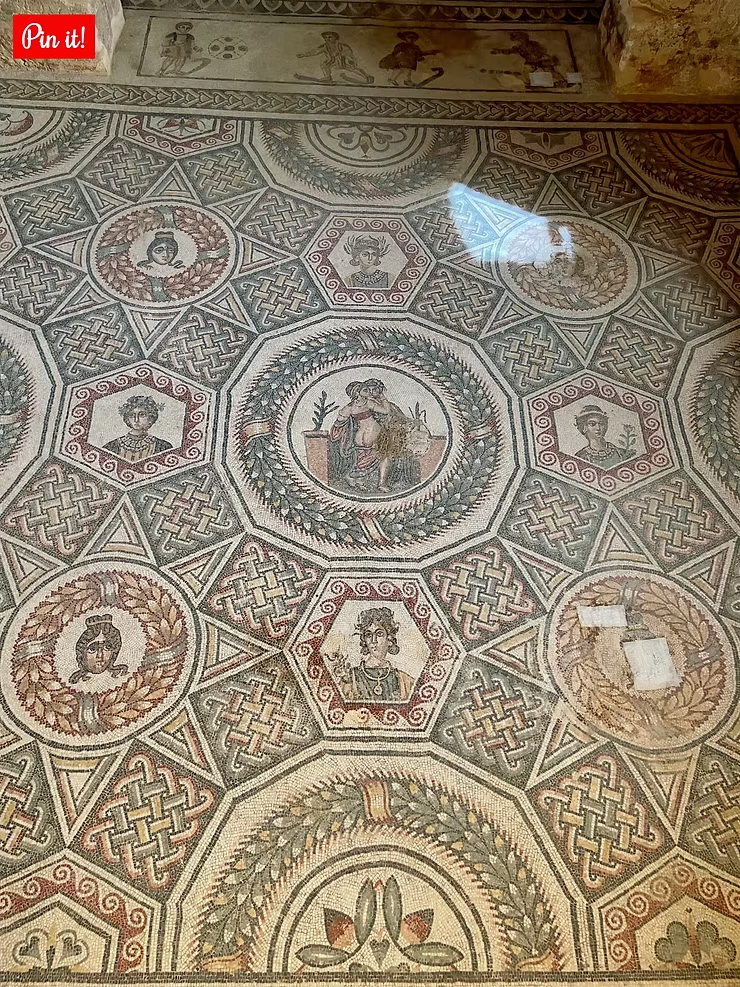So, you may be thinking … that name sounds familiar, but who is this guy again, why am I choosing to write about him and why now? Good questions! I’ll recap who he is in a moment, but I chose to blog about him because I think El Greco is an extremely fascinating artist and I’ll share with you why I am so enamored by his art. But it is timely to share this now because there is currently a large and exceptional exhibit featuring many of his works on display at the Art Institute of Chicago, which may be viewed until June 21, 2020 … of course, once the pandemic restrictions are lifted and the museum re-opens. So if you are anywhere in striking distance of Chicago or have plans to go there before the end of June, then this may interest you! Opportunities like this don’t come around often.
El Greco was a genuine transformer!
El Greco was a Greek, born Domenikos Theotokopoulos, in 1541 on the island of Crete. Growing up in Greece, he was trained in the Cretan style of Byzantine icon painting. This was a style that depicted religious figures and devotional scenes in very static poses using gold paint, primarily, on wooden panels. Icons, painted of saints and Holy figures, served as intercessors and appeared quite static, reserved and unnatural. Upon finishing his formative apprenticeship, El Greco stayed busy decorating church walls and altarpieces in Orthodox churches throughout the island. By his mid 20’s, however, he felt he had outgrown what Crete could offer him and decided to pursue his artistic ambitions in Venice. He thought big and wanted more! So, he moved to Venice in 1567 at age 26. Venice is where his transformation began!
In Crete, painted reserved Byzantine icons
In Venice, the Italian Renaissance was already in full swing. He spent only 3 years there, but those years were vital to his growth and metamorphosis. He carefully studied and fully embraced the style of the great Venetian artists of that time, notably Titian and Tintoretto. There, he learned to use color and paint boldly!
In Venice, learns bold color usage
In Rome, learns complex and dynamic posing
By now he was 36 yo and he decided to settle in Toledo, Spain. This was an impressive intellectual center at the time and the home of, potentially, two great patrons … the Roman Catholic Cathedral and King Phillip II; who at the time was likely the wealthiest and most powerful ruler of Europe and in the process of a major urban revitalization program. Despite having obtained commissions from both, El Greco quickly burned both those bridges, having offended them by engaging in multiple legal battles with each over payments for his work. He thereby excluded himself from further large-scale commissions and resolved himself to paint smaller works such as portraits for the elite intelligentsia, consisting of lawyers, writers, artists; and commissions of altarpieces for small churches and private family chapels. In this role, however, he was enormously successfully and completely re-branded himself. He was successful enough to open his own workshop in which multiple apprentices and artisans worked, mimicking his style.
In Spain, creates his brand!
His reputation sinks into obscurity after death
El Greco’s mystical style was re-born in Modern era
I feel lucky to have had the opportunity to view two of his works at the recent ‘Treasures of the Spanish World‘ exhibit at Cincinnati Art Museum. The Metropolitan Museum of Art also has a few of his paintings in their permanent collection. But it is rare to have the opportunity to view an extensive collection of his art at one time, as is currently exhibited at the Art Institute of Chicago. I look forward to the re-opening of the museum and hope to get up to Chicago before June 21st.




